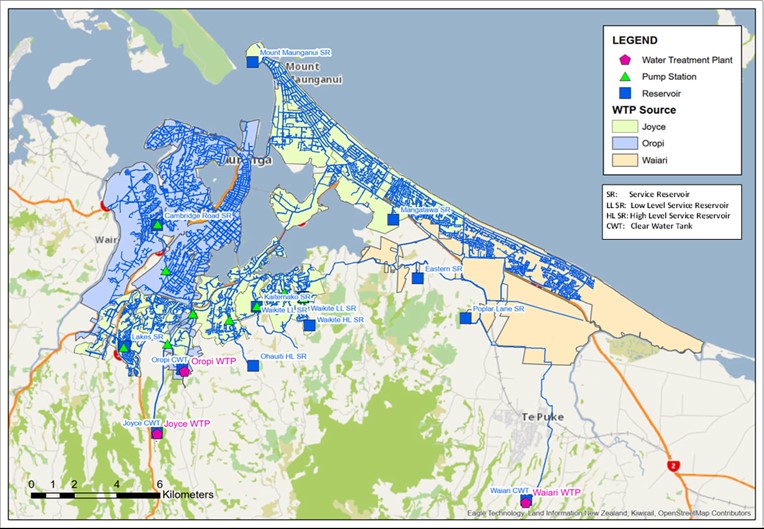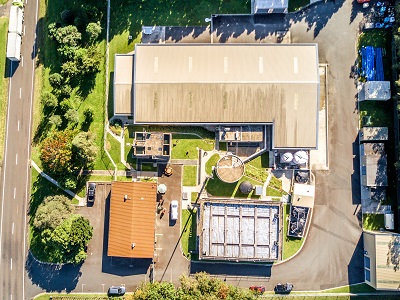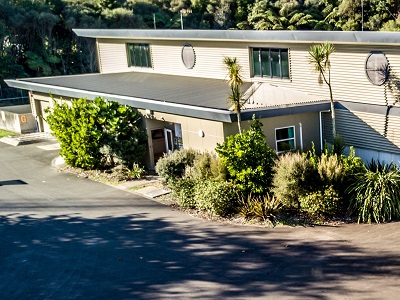Discover the answers to common questions about Tauranga’s water supply and treatment.
Where our water comes from
Our city’s drinking water supply is sourced from three spring-fed streams – the Tautau, Waiorohi and Waiāri. These streams pass through several kilometres of land before it reaches our water treatment plants. It therefore needs treating before it is suitable to use and drink. We remain committed to managing, maintaining and improving our drinking water supply catchments, as well as stream flow health.

Water supply areas for Tauranga treatment plants
How we treat our water
We work hard to deliver a safe and reliable water supply that meets New Zealand’s drinking water standards.
Microfiltration technology is used to treat our water. This process uses millions of tiny straws which are less than 1mm across that have tiny holes (0.2micron). They trap and remove dirt and tiny micro-organisms like giardia and cryptosporidium which can make you sick.
Using microfiltration treatment reduces the amount of chemicals needed to treat the water. A small amount of chlorine (1 litre per 1 million litres of water) is used to provide an extra layer of protection against potential contamination within our pipe network. Once treated, water is stored in one of 19 reservoirs before travelling through a series of underground pipes across our city to reach your taps.
Where we treat our water
Tauranga City Council runs three water treatment plants. Joyce Road treats water supplied from the Tautau Stream, while the Oropi treatment plant looks after water taken from the Waiorohi Stream. Joyce Road can process up to 33 million litres a day and Oropi up to 40 million litres per day.
Our new processing plant along the Waiāri stream was commissioned in December 2022. The plant uses water from the pristine Waiāri and has the capacity to supply drinking water to up to 35,000 households. The plant will mainly service the Pāpāmoa coastal strip and provide a backup for Western Bay of Plenty District Council’s Te Puke water supply in future.
On average we use 44 million litres of water per day. In summer this can rise to 58 million litres per day.
Find out more about the Waiāri Supply Scheme



Waiāri, Oropi and Joyce Road treatment plants
Water Treatment Quality Policy
Definition
Quality means being fit for purpose, efficient, reliable, responsive, and consistent. Quality Assurance involves planned actions to ensure our service meets its objectives. This policy formalizes our commitment to a quality system and high-quality product.
Our Aim
To provide and maintain efficient, safe, and affordable water treatment while meeting Council’s Level of Service (LOS).
Commitments
- Productive Work Environment: Create an enjoyable and productive work environment with measurable quality results.
- Compliance: Adhere to legislation, consents, regulations, and policies to meet Drinking-Water Standards and Council’s level of service.
- Best Practices: Use practical processes to ensure water quality and identify improvement opportunities.
- Customer Responsiveness: Provide consistent, friendly, and professional service to customers and stakeholders.
- Resource Availability: Ensure infrastructure and personnel are available to meet quality objectives.
Quality Management Framework
- Regular Review: Continuously improve the quality management system.
- Ownership: Empower staff to take ownership of daily work practices.
- Maintain a Safe Work Environment
- Sustainability: Balance quality, environmental impact, and sustainability with operational and financial aspects.
- Education: Educate staff on the importance of water supply and their role in quality management.
- Continuous Improvement: Embrace change and seek continual improvement.
This policy highlights our dedication to delivering high-quality water treatment services and maintaining the highest standards.